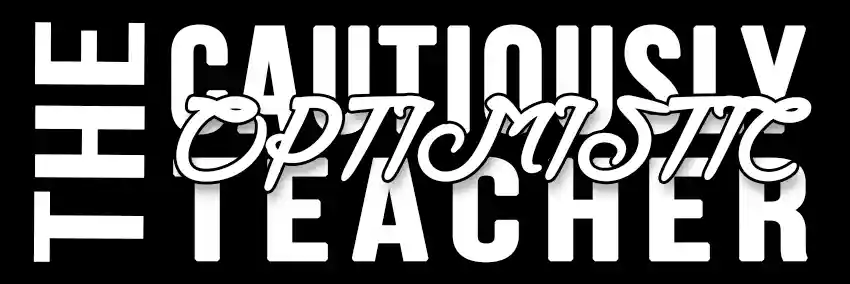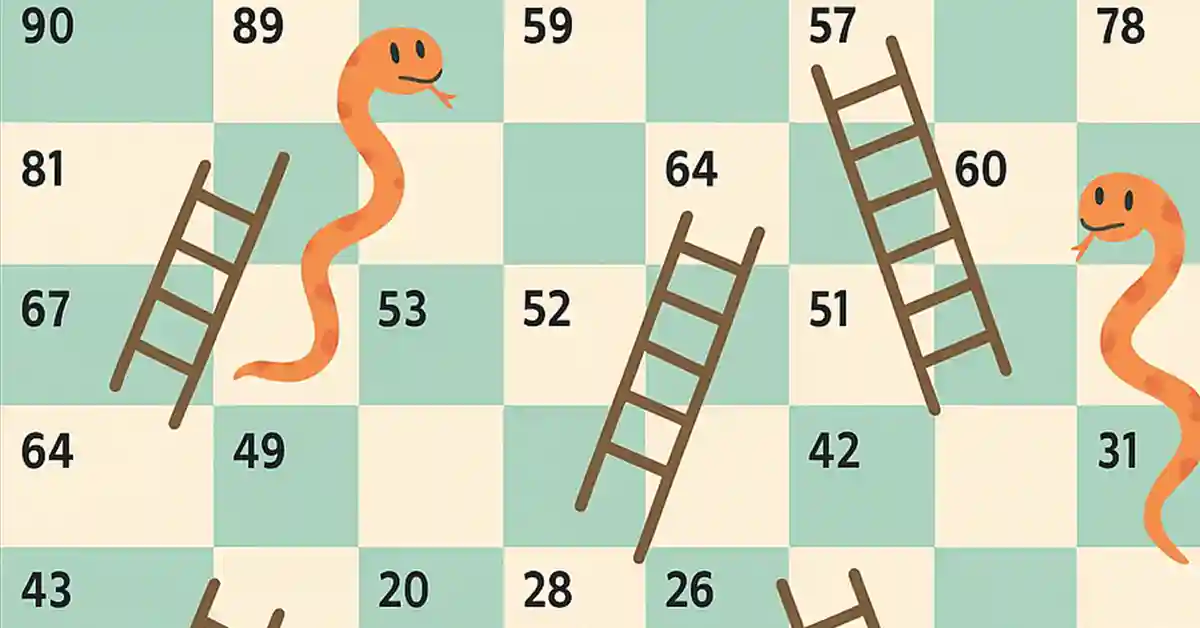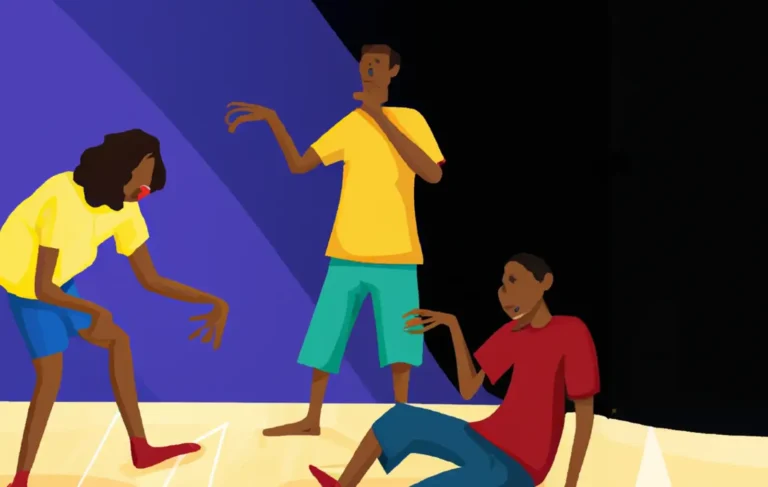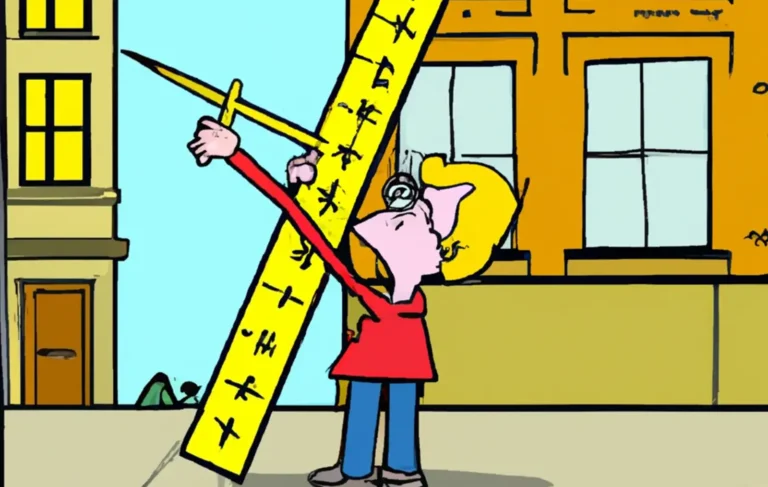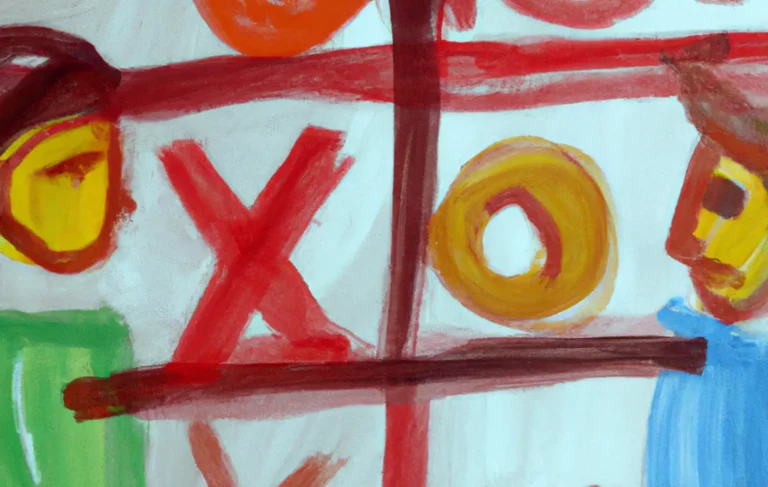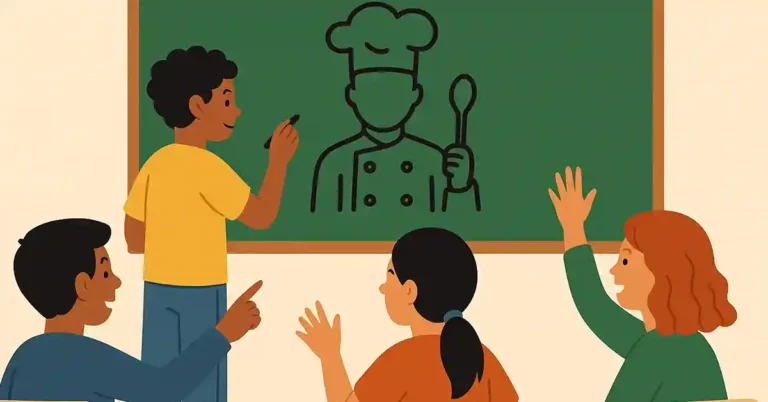Career Pathway Snakes and Ladders: A Fun Game to Teach Career Journeys
We’ve all played Snakes and Ladders (or Chutes and Ladders if you’re feeling North American about it). It’s a simple game of chance—roll the dice, move forward, hit a ladder, celebrate; hit a snake, slide backward, sigh dramatically. But what if I told you this childhood classic could become an engaging, laughter-filled career education tool?
Welcome to Career Pathway Snakes and Ladders—where the ladders are career boosts, the snakes are workplace challenges, and the whole thing doubles as an unforgettable way to explore the ups and downs of professional life.
Why Use Career Pathway Snakes and Ladders in the Classroom?
Teaching career pathways can sometimes feel like a lecture students didn’t ask for. But gamifying the lesson helps:
It’s relatable. Most students have played Snakes and Ladders at some point.
It’s visual. The game board naturally maps the ups and downs of a career journey.
It’s flexible. You can adapt the board to fit any industry or career focus.
It encourages discussion. Each snake and ladder can spark a conversation about real-world scenarios.
Students walk away understanding that career progress is rarely linear—there will be leaps forward, unexpected turns, and the occasional “Why is this happening to me?” slide backward.
How to Create Your Career Pathway Snakes and Ladders Game
1. Adapt the Game Board
Start with a traditional Snakes and Ladders board (you can make your own in a design program or adapt a printable one).
Ladders: Replace with career boosts such as “Promotion to Team Leader”, “Outstanding Networking Event”, or “Scholarship for Advanced Training”.
Snakes: Replace with setbacks such as “Project Failure”, “Missed Deadline”, or “Office Conflict”.
The aim is to keep the tone realistic but light—this is about learning, not crushing anyone’s career dreams.
2. Prepare Your Scenario List
Make a quick reference sheet so when students land on a ladder or snake, you can read out the full scenario.
Example:
Ladder: “You impressed the hiring panel with a creative portfolio—move ahead 5 spaces.”
Snake: “You forgot to double-check your work, and the client noticed—slide back 4 spaces.”
This adds narrative depth and gets students thinking about cause-and-effect in careers.
3. Play with Tokens and Dice
Just like the original, students roll a die and move their token forward. When they land on a ladder or snake, they move accordingly.
4. Encourage Reflection After the Game
When the game ends, discuss questions like:
Which ladders felt the most exciting? Why?
Which snakes felt the most frustrating? Could they be avoided in real life?
How can resilience help when you hit a “snake” moment in your career?
These conversations make the game more than just fun—they make it meaningful.
Ideas for Customizing the Game
Industry-Specific Boards: If your students are exploring specific fields—healthcare, engineering, arts—customize ladders and snakes to reflect those industries.
Student-Created Ladders and Snakes: Have students brainstorm and submit their own career highs and lows before playing.
Digital Version: Use online tools like Google Slides or Genially to make a virtual version for remote learning.
Benefits for Students
Career Awareness: Students visualize possible career outcomes.
Decision-Making Skills: They think about the choices that can lead to promotions or pitfalls.
Resilience Mindset: They learn that setbacks happen to everyone, but progress is always possible.
Final Thoughts
Career Pathway Snakes and Ladders is more than just a game—it’s a safe space for students to explore the realities of working life. It teaches them that while ambition, preparation, and networking can shoot you up the board, setbacks are inevitable and part of the journey.
And just like in the game, the key is to keep rolling the dice.
